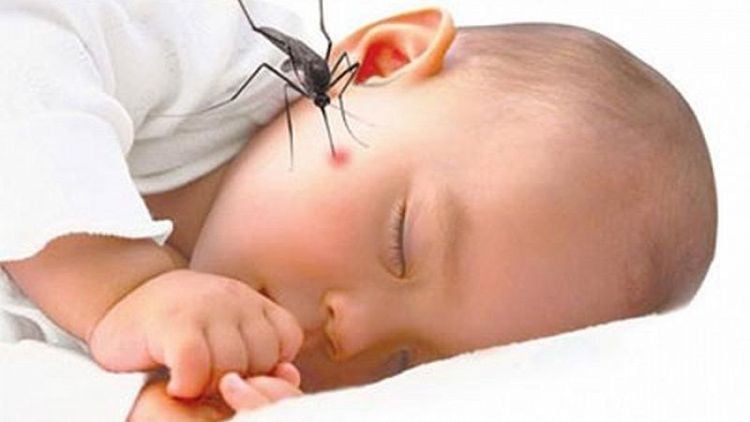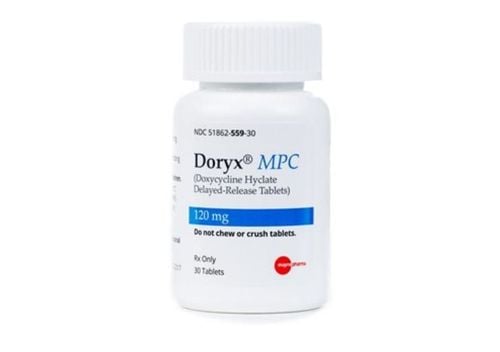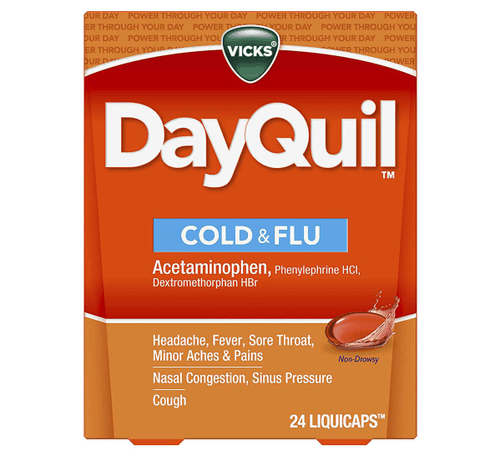This is an automatically translated article.
A typical bout of malaria progresses through 3 stages. Each stage has different signs and symptoms. If the patient has typical malaria for the first time, if not treated well, there will be near or distant recurrences leading to dangerous complications.
1. How many types of malaria are there?
Based on clinical signs, malaria can be divided into different disease types as follows:
Typical malaria; Malaria carries cold parasites; Truncated body; Persistent body; Malignant form; Hemoglobin form. So how do the forms of malaria manifest? Accordingly, when newly infected, the initial manifestations can be seen in the forms of malaria such as fever, chills, sweating, body aches, frequent nausea, diarrhea and recurrence of symptoms. from 48-72 hours, depending on the location of each patient and the level of malaria virus infection.

Sốt rét có thể biến chứng thành sốt rét ác tính gây nguy hiểm cho sức khỏe của người bệnh
2. Characteristics of a typical malaria bout
A typical malaria attack goes through 3 stages one after another:
Chilling phase: The patient shivers all over, his skin gets goosebumps, covers many blankets but still doesn't stop the cold. Pale skin, cold, bruised lips... This stage can last from 1/2 hour - 2 hours. Stage of hot fever: Malaria shivering, body temperature can reach 39 - 40°C or higher, malaria with headache, flushed face, rapid pulse, panting, headache, thirst, dry and hot skin. This phase lasts from 1 to about 3 hours. Sweating stage: Sweating a lot, body temperature suddenly dropping. The blood pressure rises again, the pulse slows down and returns to normal, and the patient feels better and better. For p. falciparum can cause daily or intermittent fever, with p. vivax usually has a fever every 2 days (fever every other day), while p. malariae usually has a fever every 3 days. After the first typical malaria infection, if not treated well, there will be near or distant recurrences. Distant relapses only occur with p.vivax and p.ovale because the parasite can "sleep" in liver cells. Distant relapses can occur after 5 years for p. vivax and after 2 years for p. ovale leads to complicated malignant malaria.

Sốt rét gây vã mồ hồ và khiến thân nhiệt bị giảm đột ngột
3. Measures for epidemic prevention and control.
Propaganda and education on malaria prevention; When you have a fever, go to a medical facility immediately for examination and treatment. Sleep under a mosquito net, even during the day or night at home, in the fields or in the forest. Kill mosquitoes by common methods; impregnated with chemical mosquito nets; apply mosquito repellent cream; Clear the bushes and clear the drains around the house. Malaria patients need to be isolated, not to let more mosquitoes bite, to prevent spreading to others. When you see symptoms of malaria, you should immediately go to the nearest medical facility for timely diagnosis and treatment. To register for examination and treatment at Vinmec International General Hospital, you can contact Vinmec Health System nationwide, or register for an online examination HERE
MORE:
Malaria is highly contagious which stage? Guidelines for treatment when suffering from malaria Identify signs of severe malaria













